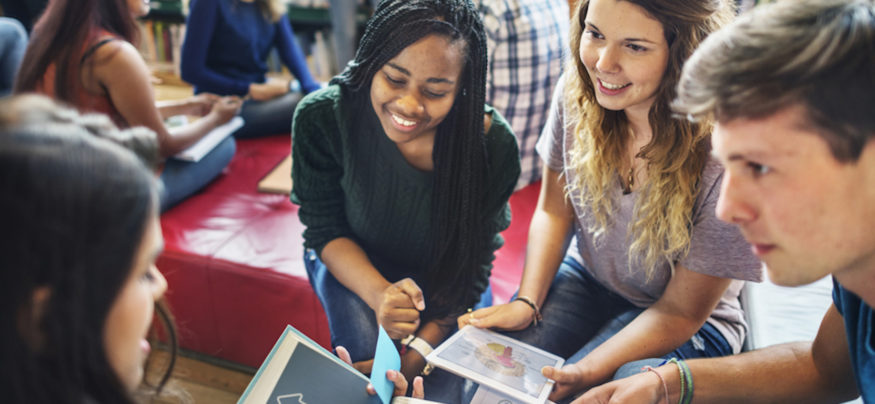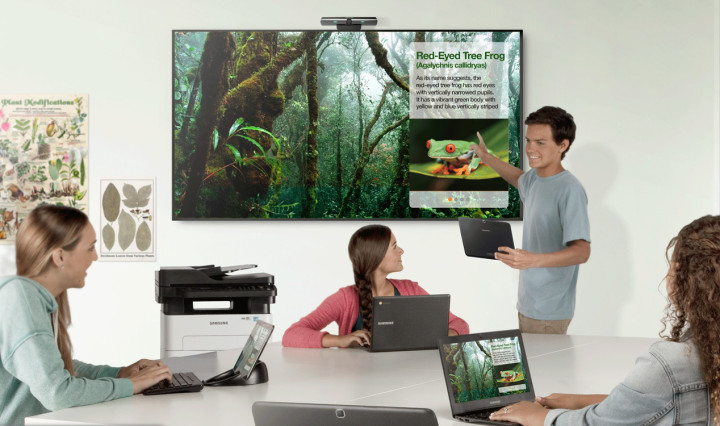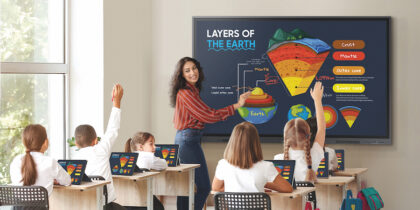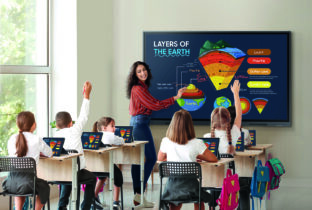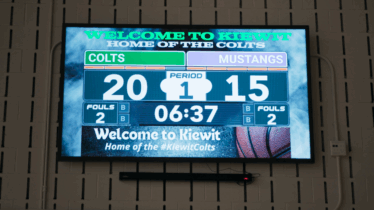The Flipped Learning Global Initiative, a worldwide coalition of educators and flipped classroom advocates, has launched a resource to help those who are new to this instructional strategy — as well as teachers who have been “flipping” their classrooms for years.
The International Flipped Learning Innovation Center is an online platform intended to support collaboration, problem-solving and innovation in flipped classrooms around the world. The center’s implications “are significant,” says Jon Bergmann, one of the pioneers of the flipped classroom movement. “I’ve seen far too many early adopters struggling in isolation with problems that have already been solved somewhere in the world. Many flippers are reinventing wheels, some are flipping in quiet desperation, while others are investing in flawed tools because they don’t know there is a better way. The solution is connection, communication and collaboration.”
Benefits of Flipped Classrooms
Flipped learning, in which students complete their homework by watching online videos and then use class time to explore the material in greater depth, is becoming an increasingly popular education strategy — especially among schools with 1:1 technology programs in which students are given a Chromebook, tablet or other digital device to take home. Advocates of this instructional strategy say it makes sense to shift the teacher’s role from imparting knowledge at the front of the classroom to helping students apply that knowledge at a deeper level — and the new Innovation Center could help solidify this practice in schools.
Technology creates new opportunities for learning.
Unlock educational technology's full potential in this eBook. Download Now
The platform contains articles, ideas and best practices from educators with experience flipping their classrooms — with a goal to connect and support advocates across the globe. For example, Michigan teacher Lynne Greathouse describes how she was able to cover 30 percent more content by flipping her chemistry classes. Steve Griffiths, a science teacher from Australia, posted research suggesting his students’ grades and satisfaction have risen since he started flipping his classroom. And Bergmann himself posted a podcast in which he talks with middle school science teacher Roy Mitchell, who credits his use of the flipped classroom model for earning him Teacher of the Year in his district.”Once I started flipping my classroom, it was like the waters of the Red Sea parted,” Mitchell says, noting that it gives students a chance to review the content over and over again until they understand it.
Innovation Requires Risk
Teachers are often afraid of change. But “the best teachers are the ones who are willing to look into risks,” Mitchell says. If it doesn’t work, that’s OK — teachers can learn from their mistakes and continue to improve their practice. In fact, this helps model the learning process for students, who also come to learn that it’s alright to take risks. Once Mitchell freed up significant class time by not having to communicate basic information to his students, “the amount of higher-order thinking my kids did just shot up,” he says. According to Mitchell, by implementing the flipped learning model in his classroom, “we get to start at a different level” by jumping right into discussing the material in class.
Wondering if a flipped classroom would be a good fit for you? Learn more about the different learning models and how they’ll work in your classroom here.
